| |
|

|
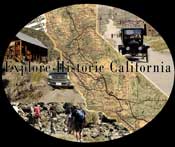
Visit our
Explore Historic California
site on

|
CERRO
GORDO UPDATE
1/01/2015 |
|
 |
|
*
Please contact owner
Sean Patterson for information about visiting Cerro Gordo
*
sean@smpatterson.com
Contact
us through email at:
 |
|
|
Shop Amazon
Smile
and
Support FOCG!
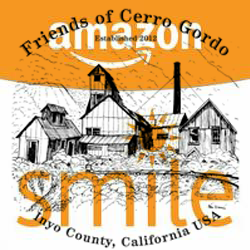
It's the
same Amazon!
About Product
Availability, Pricing and Services:
AmazonSmile
has the same wide selection of products, low prices, and
convenient shopping features as Amazon.com,
including Amazon Prime member benefits.
Purchases Eligible for
Donations:
Tens of
millions of products on AmazonSmile are eligible for
donations. You will see eligible products marked
“Eligible for AmazonSmile donation” on their product
detail pages.
Click
the FOCG/Amazon Smile logo above or visit:
http://smile.amazon.com/ch/46-1426436 |
|
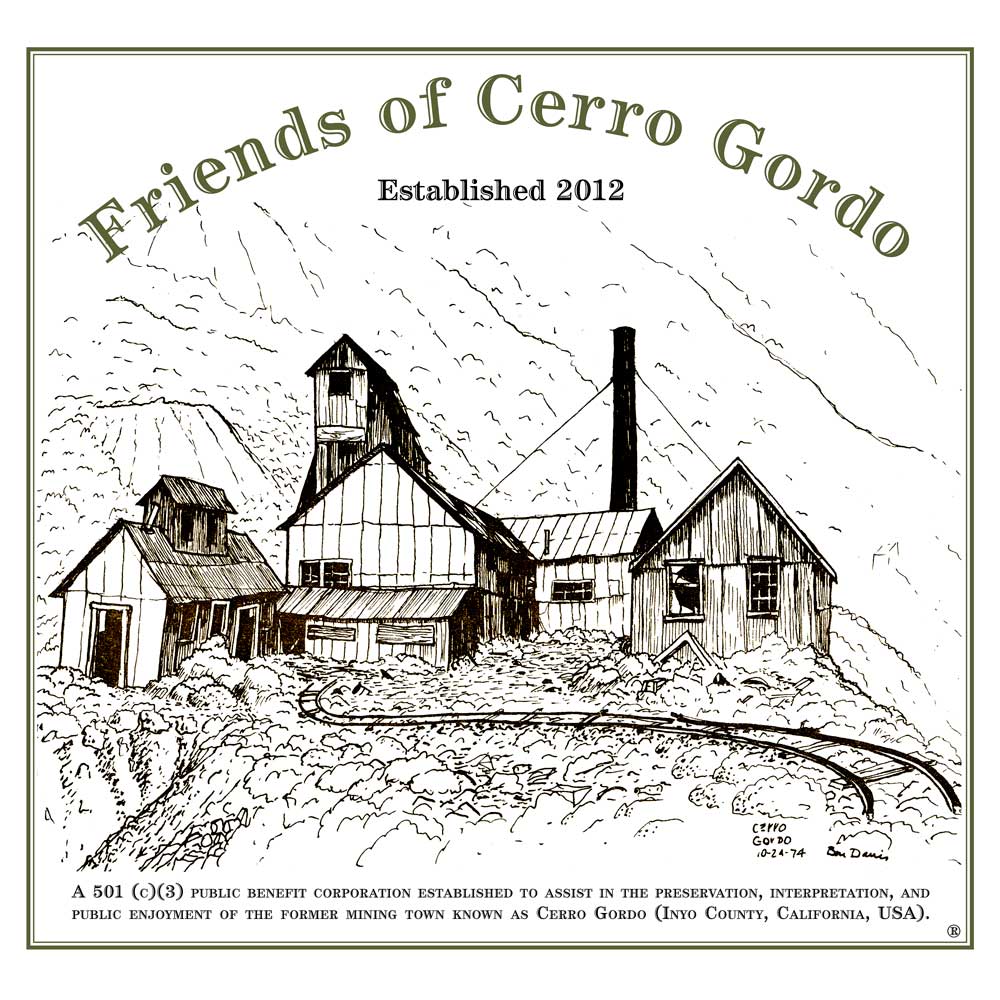 |
Join
Friends of
Cerro Gordo
The
Friends of Cerro Gordo is a 501(c)(3) public benefit
corporation established to assist in the preservation,
interpretation and public enjoyment of Cerro Gordo.
Help support these efforts by becoming a member.
Click on the FOCG logo (above) for additional information
and to join or make a donation.
Membership is only $10.
 |
|
|
Now Available
Cerro Gordo
A
Ghost Town
Caught Between
Centuries |
|
 |
|
Cecile Page Vargo's collection of
Cerro Gordo stories, true, farce and somewhere in between,
is being published in a new book,
Cerro Gordo A Ghost Town Caught Between Centuries.
ISBN: 978-0970025869
The book gives glimpses of
Cerro Gordo from the silver and lead mining days through the
early twentieth century zinc era to its modern place as,
according to author Phil Varney, "Southern California's
best, true, ghost town." There's even a possible solution to
the location of the fabled "Lost Gunsight Mine" that former
Cerro Gordo owner Mike Patterson once suggested.
We are proud to team with the
Historical Society of the Upper Mojave Desert (HSUMD) in
Ridgecrest, Calif., to bring Cerro Gordo A Ghost Town
Caught Between Centuries to print. This is their first
major publishing venture. The book is available for
sale directly from HSUMD or through selected book sellers.
Contact
HSUMD directly to order:
P.O. Box 2001, Ridgecrest, CA. 93556-2001.
Phone: 760 375-8456
Email:
hsumd@ridgenet.net
Announcing our Arcadia Publishing Book:
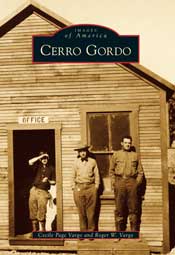
Cerro Gordo
by
Cecile
Page Vargo and Roger W. Vargo
ISBN: 9780738595207
Arcadia Publishing
Images of America series
Price: $21.99
128 pages/ softcover
Available
now!
(Click the cover image for ordering information)
Available at
area bookstores, independent retailers, and online
retailers, or through Arcadia Publishing at
(888)-313-2665 or
online.
|
|
|
 |
|
 |
|
Mules can
taste the difference--so can you |
|
 |
 |
|
Friends
of Last Chance Canyon is a new organization interested in
sustaining and protecting areas within the El Paso
Mountains, near Ridgecrest, California. The main focus is
preserving and protecting historic sites like Burro
Schmidt's tunnel and the Walt Bickel Camp.
Please click
on either logo to visit the FLCC site. |
|
|
We
support |
|
 |
|
|

Bodie Foundation
"Protecting Bodie's Future by Preserving Its Past |
|
|
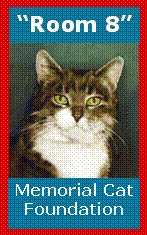 |
|
|
|
Click on Room 8's
photo or phone
951-361-2205
for more information. |
|
|
 |
|
The Panamint Breeze is a newsletter for people who
love the rough and rugged deserts and mountains of
California and beyond.
Published by Ruth and Emmett Harder, it is for people who
are interested in the history of mining in the western
states; and the people who had the fortitude to withstand
the harsh elements.
It contains stories of the past and the present; stories of
mining towns and the colorful residents who lived in them;
and of present day adventurers.
Subscriptions are $20 per year (published quarterly –
March, June, September & December) Subscriptions outside the
USA are $25 per year. All previous issues are available.
Gift certificates are available also.
To subscribe mail check (made payable to Real Adventure
Publishing) along with name, address, phone number & e-mail
address to: Real Adventure Publishing, 18201 Muriel
Avenue, San Bernardino, CA 92407.
For more information about the
Panamint Breeze e-mail Ruth at: echco@msn.com |
|
|
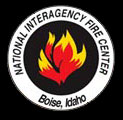 |
|
It's always
FIRE SEASON! Click the NIFC logo above to see what's
burning. |
|
|
 |
|
Visit Michael
Piatt's site,
www.bodiehistory.com, for
the truth behind some of Bodie's myths. |
|
|

Credo Quia Absurdum |
|
Explore
Historic California! |
|
Not too many years ago, the family station wagon was the magic carpet to
adventure. Today, that family station wagon is likely to be a four wheel
drive sport utility vehicle or pick up truck. SUV's and other 4x4's are
one of the best selling classes of vehicles. Ironically, industry
statistics show that once purchased, few owners will dare to drive their
vehicles off the paved highway.
Click your mouse through the website and enjoy our armchair adventures
and the histories behind them.
|
|
History Underfoot
by Roger Vargo
|
During a recent visit to Cerro Gordo, a
mystery object was unearthed. Subsequent examination revealed its full shape and
purpose, but the experience got me to thinking about many of the objects we
encounter underfoot on our various adventures.
|
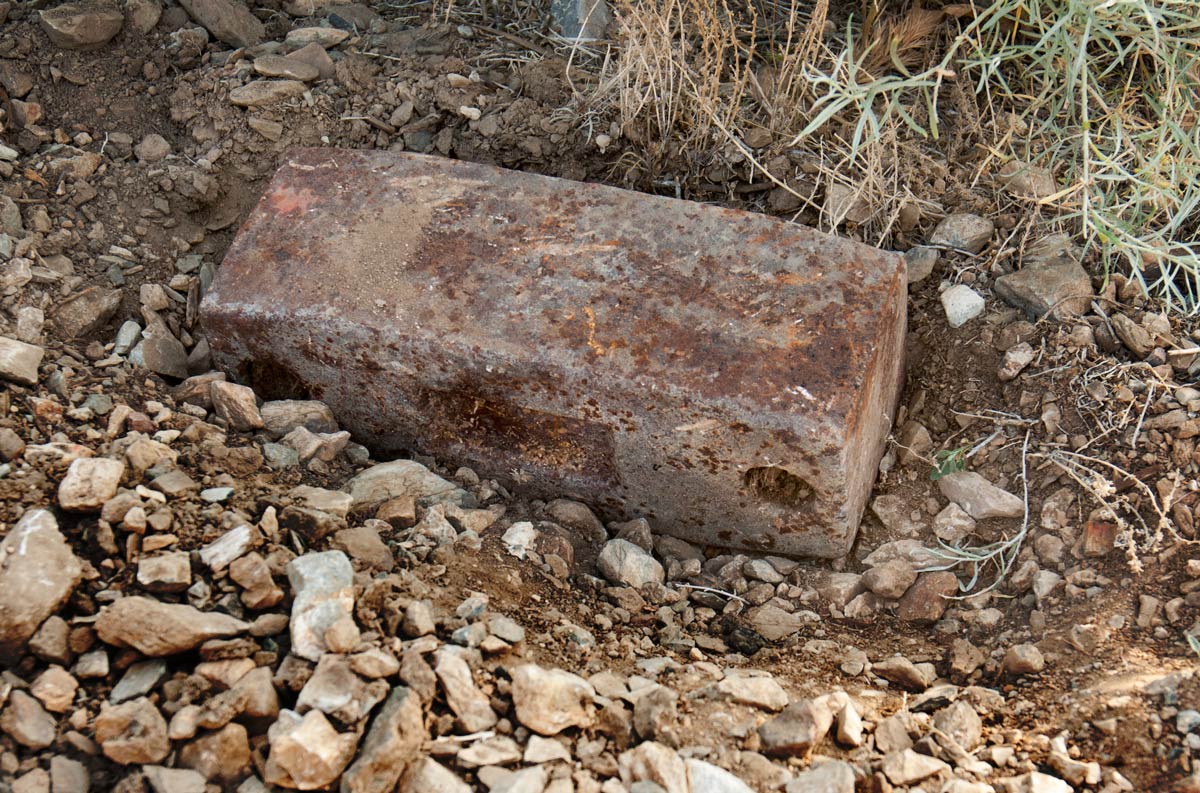 |
| This is the mystery object that
was the impetus for this month's feature. Upon initial inspection with
it partially uncovered, it appeared to be a large hammer head. After it
was fully uncovered, the holes on each end, combined with the object's
size and mass revealed it to be a counterweight that was (probably) used
on one of Cerro Gordo's tram systems. |
| |
|
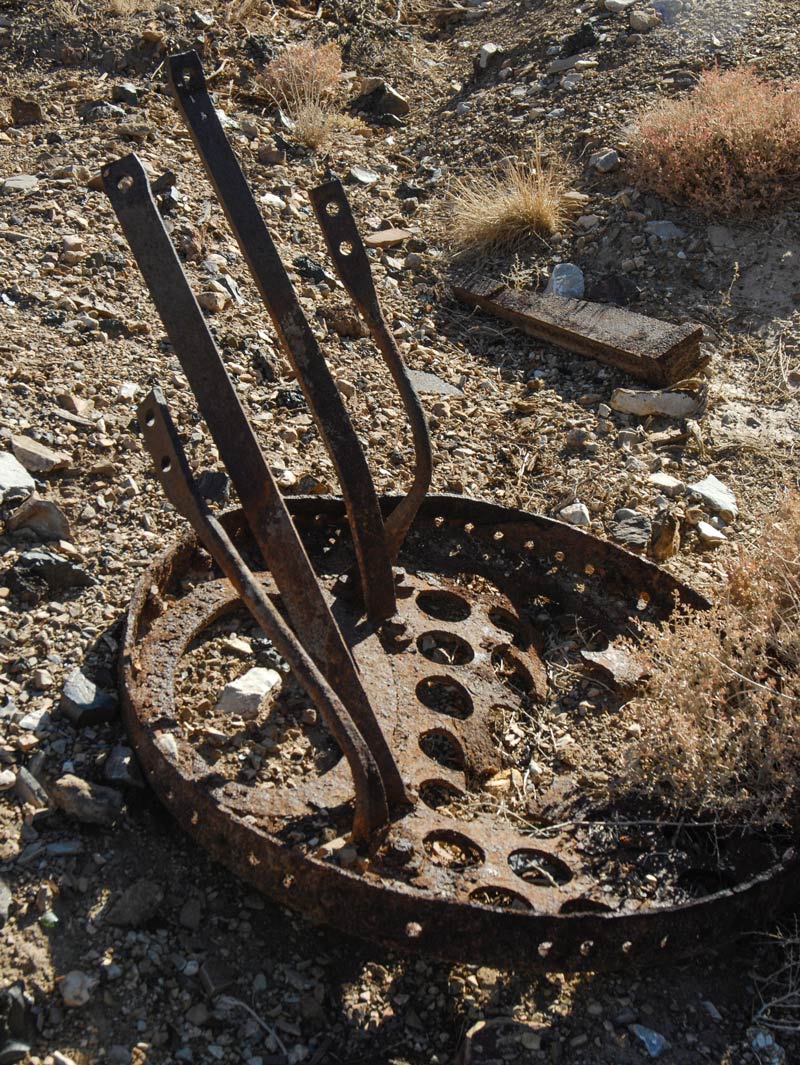 |
| Another object from Cerro Gordo
that initially defied description is shown above. Actually, there were
two of these found a close distance apart. My first thought was they
were parts of a barrel assembly. That theory was disproved as soon as I
tried to move one of the objects as it was far too heavy to be part of a
barrel. The oval opening at one end of this object and the neighboring
round openings provided the clues--it is one end of an old steam boiler.
The oval opening is the vent or firebox opening and the round holes are
for the boiler tubes. |
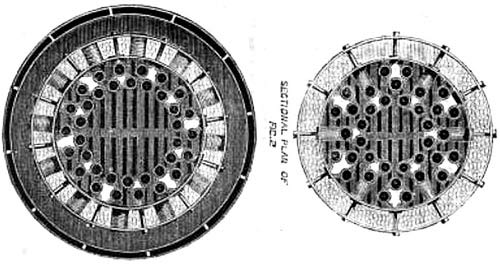 |
This illustration from an 1874
edition of Scientific American shows the arrangement of tubes in
a boiler. Hot gasses from burning fuel flowed through the tubes and
turned the water surrounding them into steam. |
| |
|
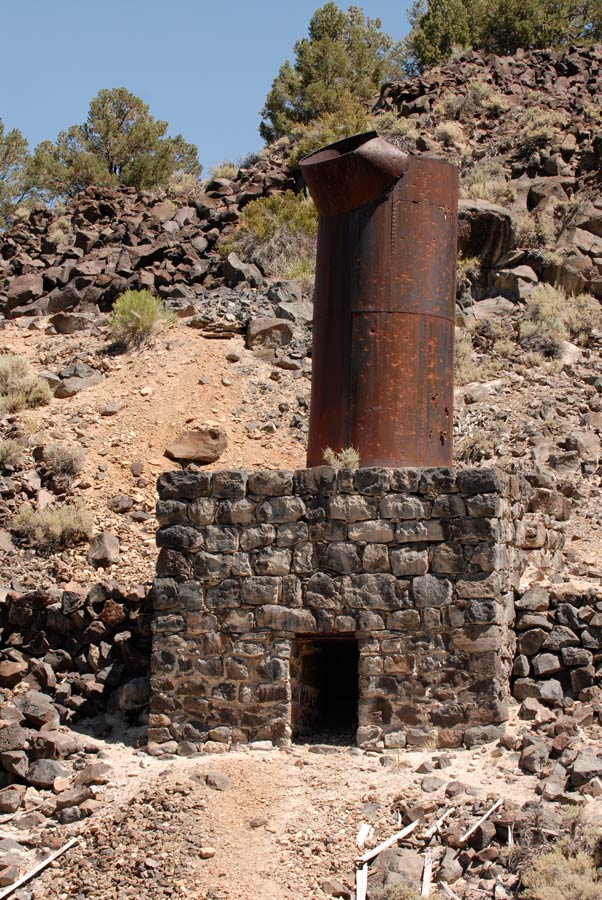 |
| This is neither a boiler nor a
water tank. It's a lime kiln located near Aurora, Nevada. |
| |
|
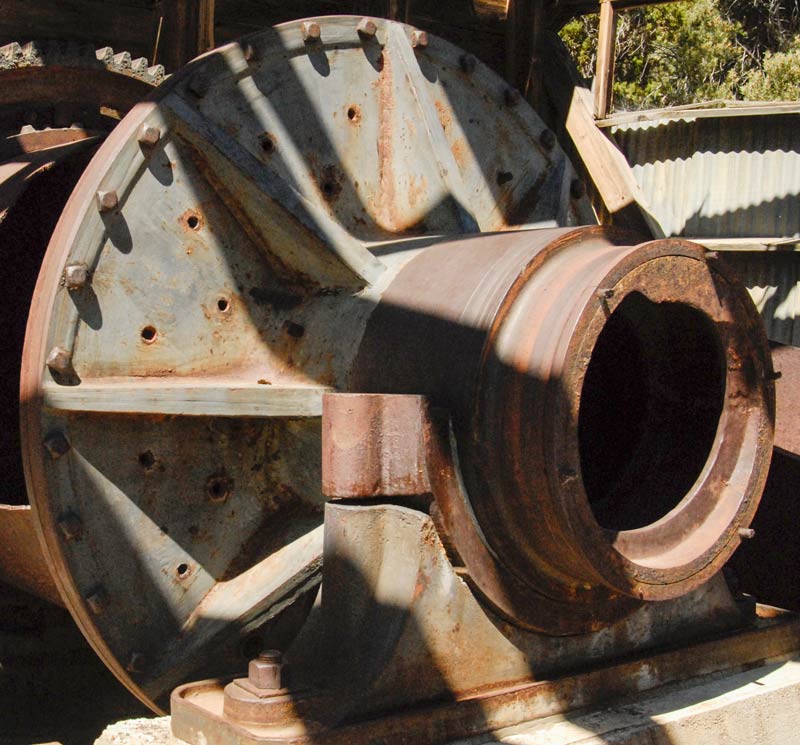 |
| Many visitors to Aurora,
Nevada, are stumped to identify this machine. It's a ball mill used to
crush ore into sand-sized particles. The chamber is partially filled
with ore, water and iron balls, then rotated until the balls pound the
ore into dust. The precious metal (silver and gold in this case) are
then extracted down the line. |
| |
|
 |
| Miners had to eat. While canned
and dry provisions provided a significant portion of nineteenth and
early twentieth century miners' diets, fresh food was welcomed when
available. The problem was how to keep perishable items fresh. This
cooling box at the Mammoth Consolidated Mine in Mammoth Lakes kept food
cool by water evaporation. The food was placed on the shelves and
protected by wire screen. Burlap or canvas fabric covered the screens
and was kept damp with a constant drip of water. The water evaporation
in the high elevation breeze and dry air extended the life of
fruits and veggies. The cooler's construction didn't provide much
protection from marauding bears. |
| |
|
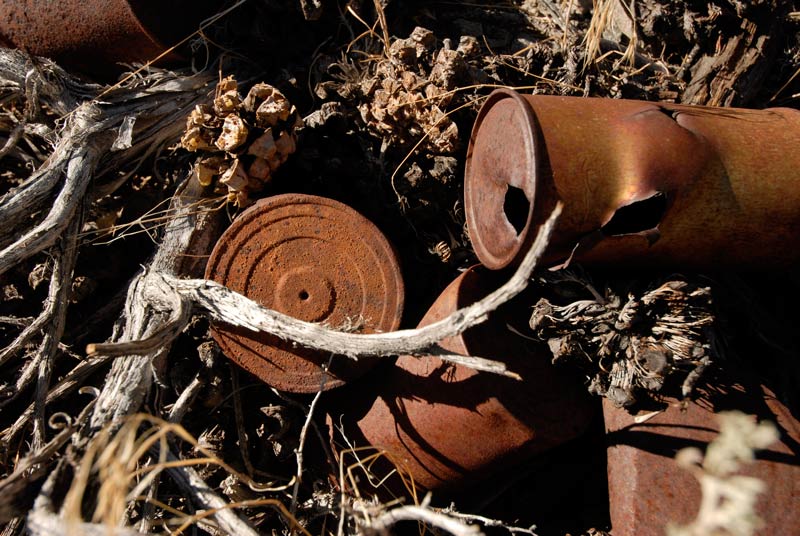 |
| Nearly always underfoot, rusted
cans provide clues to nutrition and entertainment of previous travelers.
The can in the center of the photo held canned milk (modern cans look
very similiar) and the can at the top right held beer or a soft drink. |
| |
|
 |
| More modern technology was
found after 1916 at Cerro Gordo which had its own ice house to make and
store ice. The large tank above was filled with brine (salt water) which
was cooled by ammonia circulating in the coiled pipes. The brine was
cooled below the freezing point of fresh water, which was in the
galvanized rectangular tanks. The water froze into large ice blocks
which were then lifted out of the tank and stored in an adjacent
insulated room. The ice provided cooling for miners' ice boxes as well
as use in the nearby American Hotel. This was the first commercial ice
house in Inyo County. |
| |
|
 |
| Travelers along Highway 6 near
Queens Canyon, Nevada, see this as just another desert derelict
structure. It wasn't an ordinary residence. It was Janie's Ranch, a
(legal) Nevada brothel that offered comfort to area miners and rail
travelers on the Southern Pacific Narrow Gauge Railway. |
| |
|
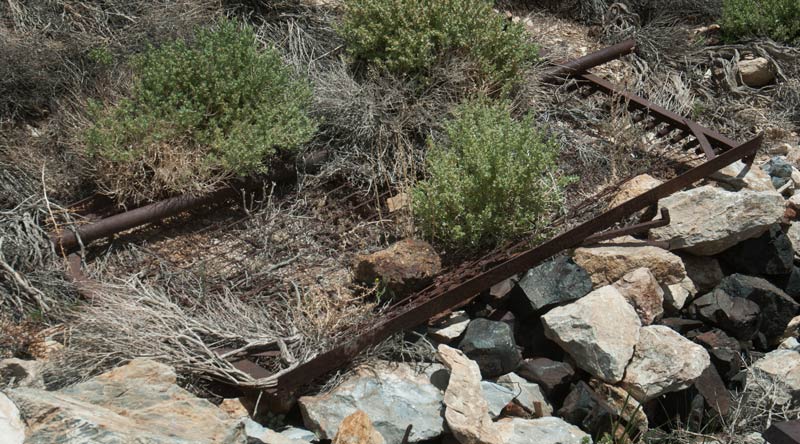 |
| Old dry springs are common
throughout the arid Southwest. This one has a very high iron content. |
| |
|
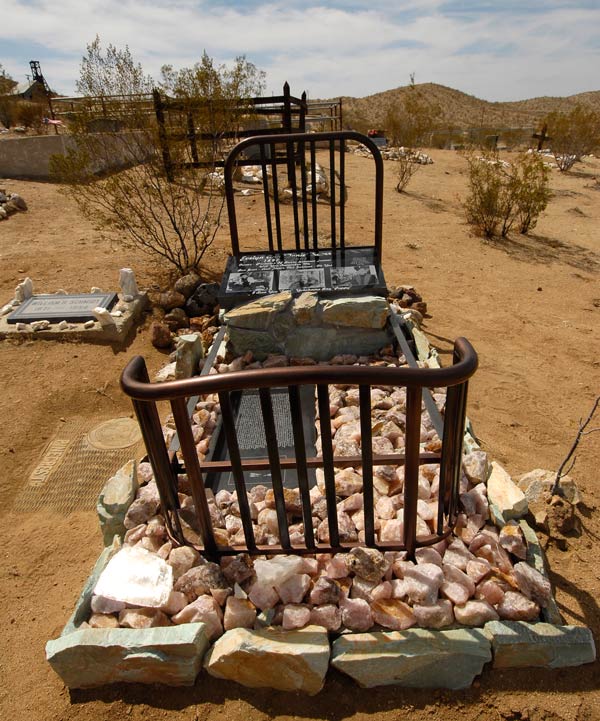 |
| Many urban cemeteries have
conforming, "cookie cutter" gravesites. The cemetery in Johannesburg,
California, contains all manner of burial markers. The bedframe marks
the final resting spot of
Evelyn "Tonie" Seger, the
owner of Burro Schmidt's Tunnel. Tonie died in the bed in 2003.
Schmidt's grave is at the upper left.
Many historic graves are
still marked, but time and weathering have erased all information as to
their occupant. This grave in the old cemetery at Aurora, Nevada, used a
wooden grave marker which did not weather well. |
|
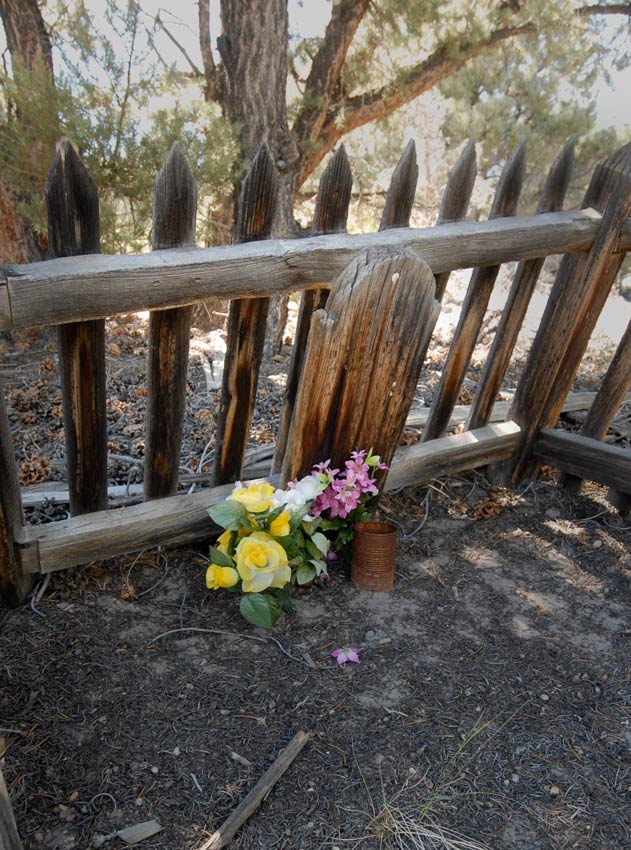 |
| However,
grave markers in this cemetery in Nevada City, California, are still
readable after more than 140 years. |
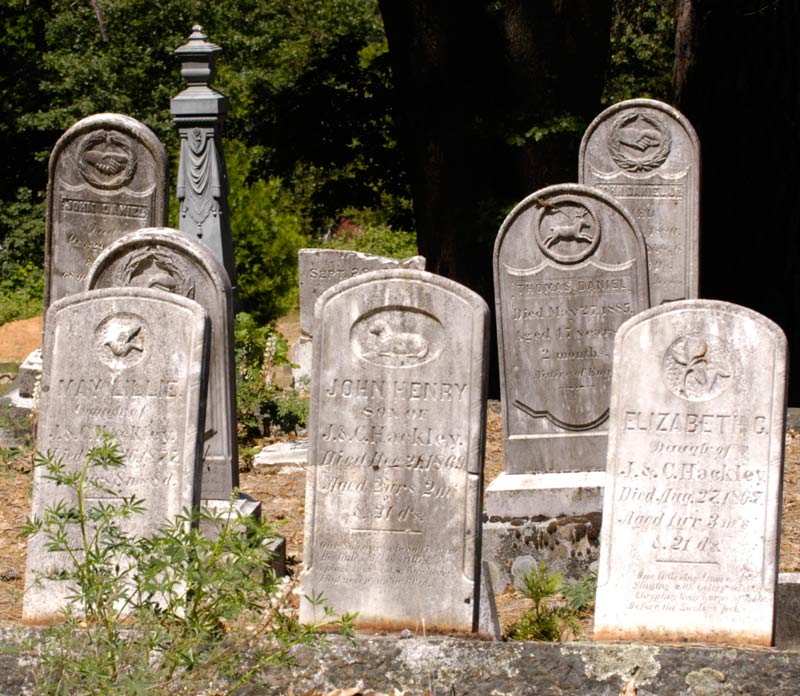 |
| |
|
 |
| Many
uninformed visitors to the Volcanic Tableland north of Bishop,
California, see these rock alignments as campfire rings and walk right
past them. The rings are actually "house circles" marking the perimeter
of centuries-old Native American dwellings made from brush and branches.
The opening in the left edge of the circle was the door facing into the
rising sun of the east. |
| |
| History is
underfoot wherever you travel. Take some time to enjoy it, marvel at it,
photograph it, decipher it. Please don't remove it or deface it. Leave
it for the next explore to discover. |
|
|
|
































